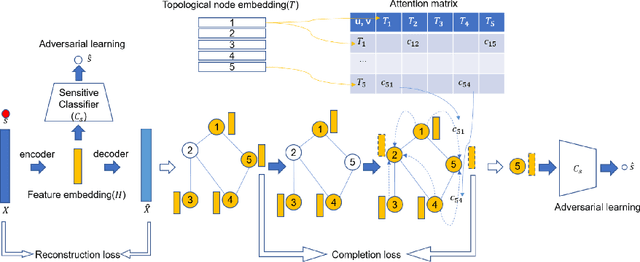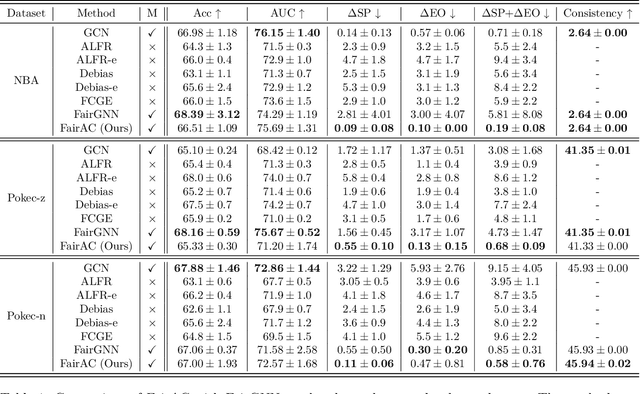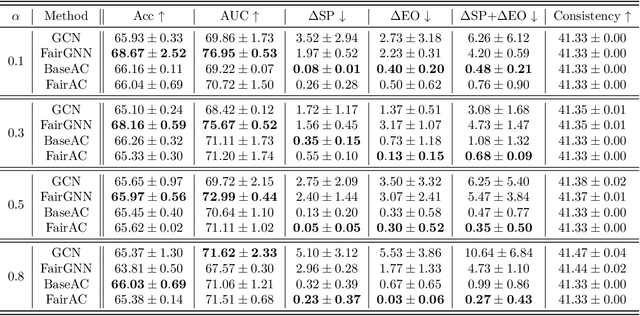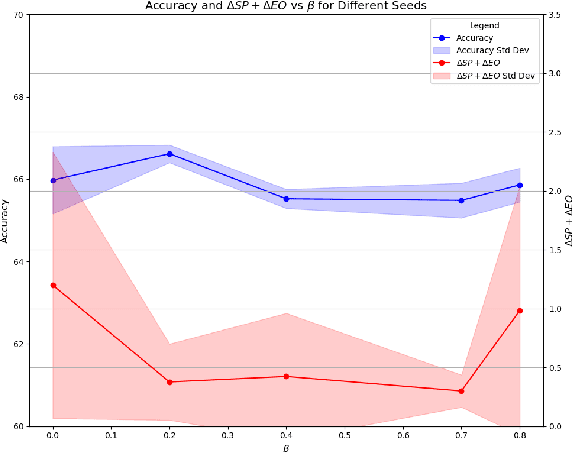Gijs de Jong
Multi-Unit Floor Plan Recognition and Reconstruction Using Improved Semantic Segmentation of Raster-Wise Floor Plans
Aug 02, 2024



Abstract:Digital twins have a major potential to form a significant part of urban management in emergency planning, as they allow more efficient designing of the escape routes, better orientation in exceptional situations, and faster rescue intervention. Nevertheless, creating the twins still remains a largely manual effort, due to a lack of 3D-representations, which are available only in limited amounts for some new buildings. Thus, in this paper we aim to synthesize 3D information from commonly available 2D architectural floor plans. We propose two novel pixel-wise segmentation methods based on the MDA-Unet and MACU-Net architectures with improved skip connections, an attention mechanism, and a training objective together with a reconstruction part of the pipeline, which vectorizes the segmented plans to create a 3D model. The proposed methods are compared with two other state-of-the-art techniques and several benchmark datasets. On the commonly used CubiCasa benchmark dataset, our methods have achieved the mean F1 score of 0.86 over five examined classes, outperforming the other pixel-wise approaches tested. We have also made our code publicly available to support research in the field.
Reproducibility study of FairAC
Jun 05, 2024



Abstract:This work aims to reproduce the findings of the paper "Fair Attribute Completion on Graph with Missing Attributes" written by Guo, Chu, and Li arXiv:2302.12977 by investigating the claims made in the paper. This paper suggests that the results of the original paper are reproducible and thus, the claims hold. However, the claim that FairAC is a generic framework for many downstream tasks is very broad and could therefore only be partially tested. Moreover, we show that FairAC is generalizable to various datasets and sensitive attributes and show evidence that the improvement in group fairness of the FairAC framework does not come at the expense of individual fairness. Lastly, the codebase of FairAC has been refactored and is now easily applicable for various datasets and models.
 Add to Chrome
Add to Chrome Add to Firefox
Add to Firefox Add to Edge
Add to Edge